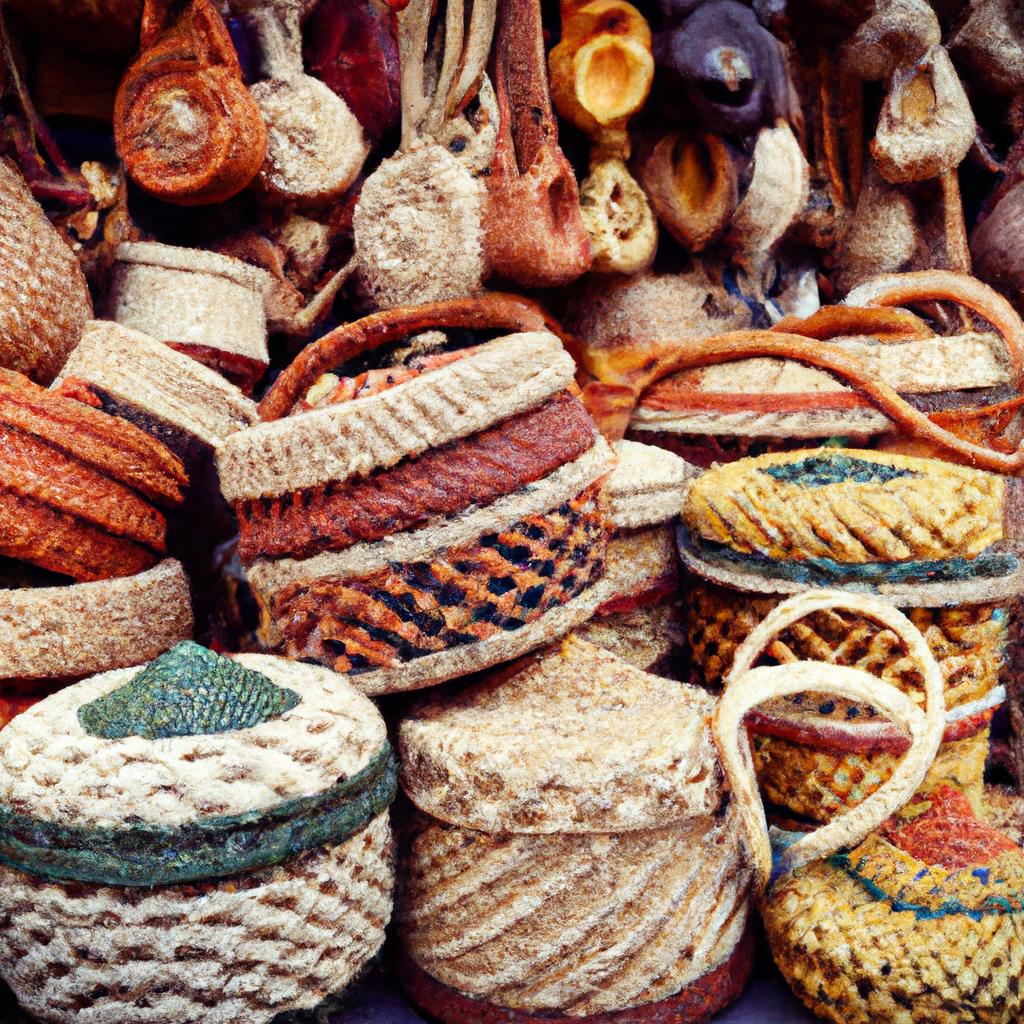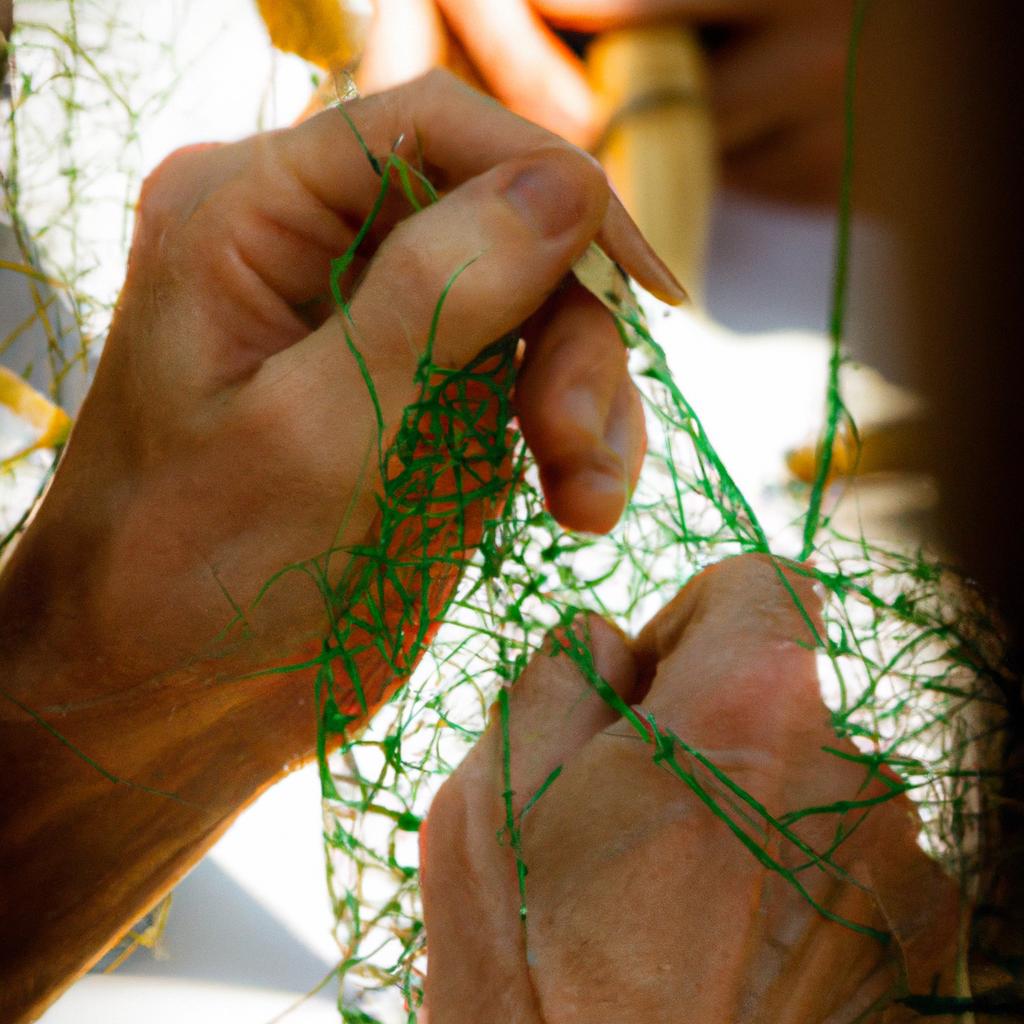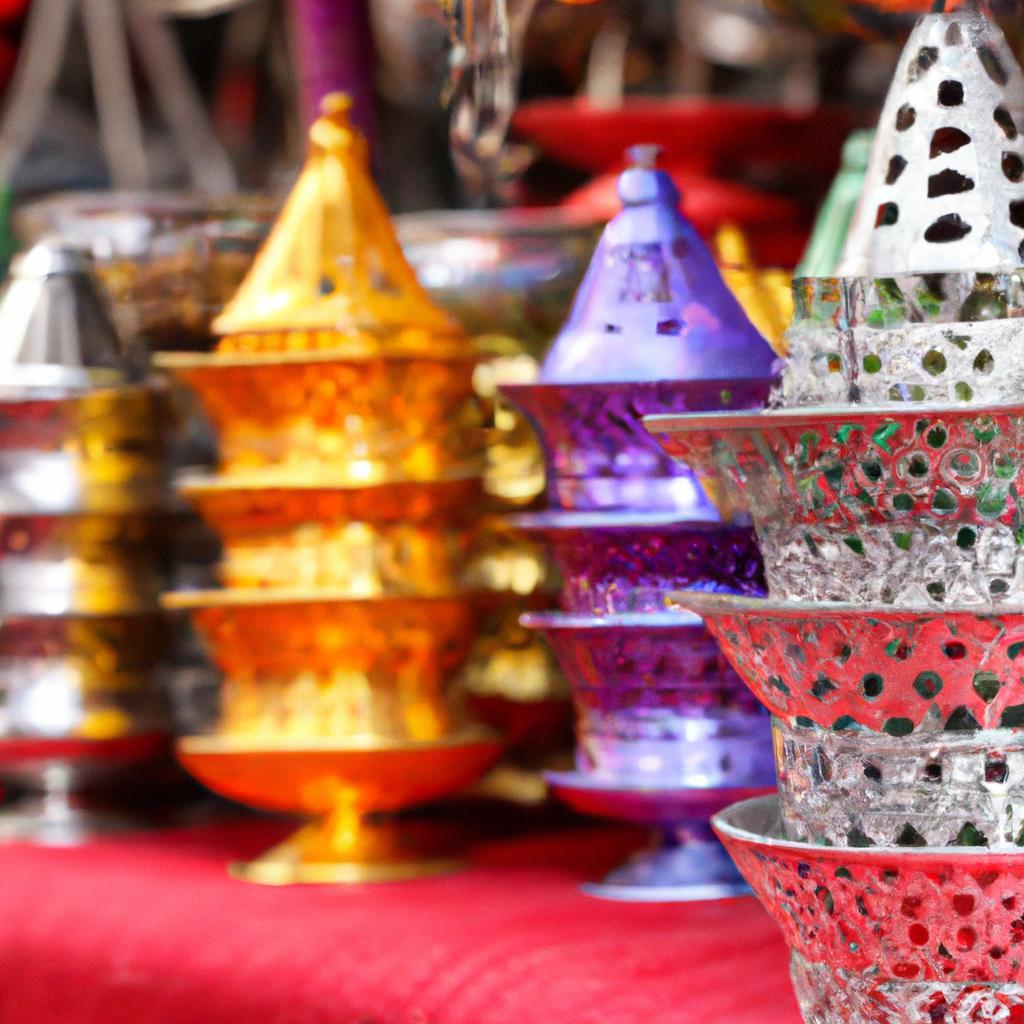Title: Beyond the Souvenir Shop: Embracing Authentic Cultural Treasures and Crafts
In an age where globalization intertwines cultures more than ever, the allure of travel often finds itself distilled into glossy trinkets and mass-produced mementos. Yet, beneath the surface of the bustling souvenir shops lies a wealth of authenticity waiting to be discovered. This article invites readers to journey beyond the familiar aisles of keychains and post cards, urging them to seek out the true artistic expressions and cultural narratives that breathe life into our travel experiences. With every handcrafted item, be it a finely woven textile or a meticulously carved figurine, we encounter stories, traditions, and the spirit of communities—each piece a testament to generations of artistry and heritage. Join us as we explore the rich tapestry of global cultures, highlighting the importance of embracing authentic crafts and treasures that resonate with deeper meaning, creating connections that endure long after the journey ends.
Exploring the Heart of Local Traditions: The Stories Behind Authentic Crafts
Delving into the vibrant world of local craftsmanship reveals a tapestry of stories woven through generations. Each piece of art carries with it the whispers of tradition, the echo of a laborious hand, and the spirit of the community. **Authentic crafts** are more than mere objects; they are the **embodiment of a culture’s identity**, often reflecting its history, values, and way of life. Artisans meticulously hone their skills, drawing upon ancestral techniques while infusing their unique creativity. When you choose to embrace these authentic creations, you’re not only acquiring a beautiful item but also becoming a custodian of culture, ensuring these rich narratives continue to thrive in contemporary society.
To fully appreciate these treasures of craftsmanship, one must understand the diverse practices and the stories that breathe life into them. Here are some elements that make each craft unique:
- Materials: Local resources often define the tools and materials used, from clay and wood to textiles and metals.
- Techniques: Time-honored methods, passed down through families, distinguish each craft, ensuring authenticity and quality.
- Symbolism: Many crafts encapsulate deeper meanings or symbols relevant to cultural beliefs, nature, or community histories.
- Functionality: Beyond decor, many crafts serve practical purposes, intertwining utility with artistry.
| Craft Type | Region | Unique Feature |
|---|---|---|
| Pottery | Southwest USA | Indigenous patterns and natural clay |
| Textile Weaving | Peru | Incan techniques, vibrant colors |
| Wood Carving | Africa | Storytelling through figures and masks |
| Ceramics | Japan | Focus on porcelain and tea ceremony aesthetics |

Supporting Artisans: The Impact of Ethical Purchasing on Cultural Preservation
When consumers choose to support artisans through ethical purchasing, they contribute to a larger narrative of cultural preservation. Each handcrafted item tells a story rooted in tradition, embodying the identity and heritage of the community from which it originates. By investing in local craftspeople, buyers not only acquire unique pieces but also help sustain age-old techniques that might otherwise be lost to modernization. This ripple effect is vital; as artisans thrive, they can maintain cultural practices, pass them down through generations, and foster a deeper appreciation for their unique heritage.
Moreover, the impact of ethical purchasing extends beyond economic support. It encourages the continuation of **traditional skills** and promotes **cultural exchange**. Engaging directly with artisans opens opportunities for storytelling, allowing the narrative of their crafts to reach a larger audience. Consider the following benefits of supporting artisans:
- Empowerment: Helping local communities achieve financial stability and independence.
- Education: Raising awareness about the cultural significance of traditional crafts.
- Sustainability: Supporting practices that respect the environment and cultural landscapes.
In many ways, ethical purchasing transforms the consumer experience, shifting it from mere transactions to meaningful connections. This shift encourages consumers to be more discerning in their choices, prioritizing authenticity and the history embedded in each piece. As a testament to this, a
| Artisan Craft | Origin | Traditional Technique |
|---|---|---|
| Handwoven Textiles | Guatemala | Backstrap Loom |
| Wood Carvings | Indonesia | Fretwork |
| Pottery | Mexico | Coiling Method |
illustrates just a few examples of how local artisans utilize traditional techniques to create timeless products, ensuring that their cultural narratives continue to thrive in an increasingly homogenized world.

Experiencing Culture Through Craft Workshops: Immersing Yourself in Authentic Practices
Engaging in craft workshops offers a unique gateway to immerse yourself in the traditions and practices of a different culture. Whether it’s a pottery class in Morocco, weaving in Guatemala, or calligraphy in Japan, these hands-on experiences transcend mere observation. Participants are often guided by skilled artisans who share their stories, techniques, and the history behind each craft, enriching the learning process. Through **active participation**, you become part of the narrative, creating items that represent more than just art—they carry the essence of the culture from which they originate.
Beyond gaining an introduction to various techniques, craft workshops foster **meaningful connections** with local communities. These experiences allow you to interact with residents, share stories, and understand daily life from their perspective. You might find yourself:
- Learning traditional methods passed down through generations.
- Understanding the cultural significance behind each craft.
- Supporting local artisans by purchasing their handcrafted creations.
Each workshop is not just an opportunity to create, but a chance to reflect on the interconnectedness of cultures around the globe.
In Retrospect
In a world saturated with mass-produced trinkets and fleeting trends, the journey beyond the souvenir shop beckons as an invitation to explore the profound narratives woven into authentic cultural treasures and crafts. As we peel back the layers of vibrant local traditions, we discover not just objects, but stories—craftsmanship that echoes the spirit of communities and the artistry born from generations of dedication and passion.
By embracing these genuine artifacts, we not only enrich our own lives but also support the artisans and cultures that bore them. Each piece holds the essence of a place, a moment in time, and a connection to its people that far surpasses the superficial charm of generic souvenirs.
As we conclude this exploration, let us carry forth a commitment to seek out, cherish, and uplift the artisans who instill their heart and soul into each creation. The next time you travel or seek out something special, remember that the true treasures of any culture lie beyond the confines of a shop—waiting to be discovered in the warmth of local communities, the skillful hands of craftsmen, and the rich tapestry of life that defines us all. Embrace the journey, and allow these authentic works to tell their unique stories, enriching your world and honoring those who create them.
